흰배긴꼬리
Oecanthus euryelytra Ichikawa
2001
몸길이는 약 11-15 ㎜이며 연한 연두색이다. 갈색형은 드물게 나타난다. 앞날개는 거의 투명하며 수컷의 등면 폭은 더 넓다. 복부의 아랫면은 몸과 같은 연한 색이다. 암컷의 산란관은 길다. 수컷은 밤에 우는데, 울음소리는 긴꼬리에 비해 간격이 넓고 느리다. 일본에도 분포한다.
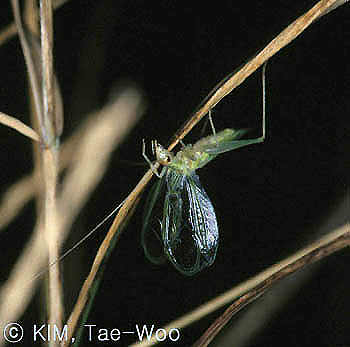
수컷
(Male stridulation)
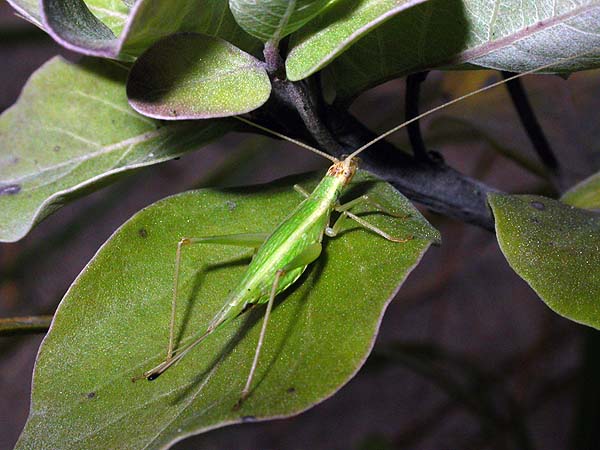
암컷
녹색형 (Green female)
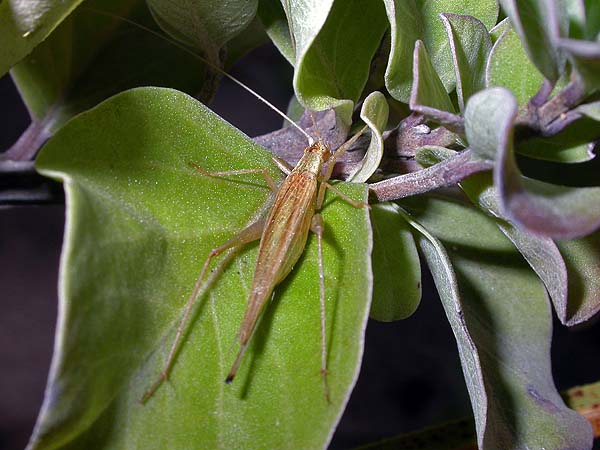
암컷
갈색형 (Brown female)
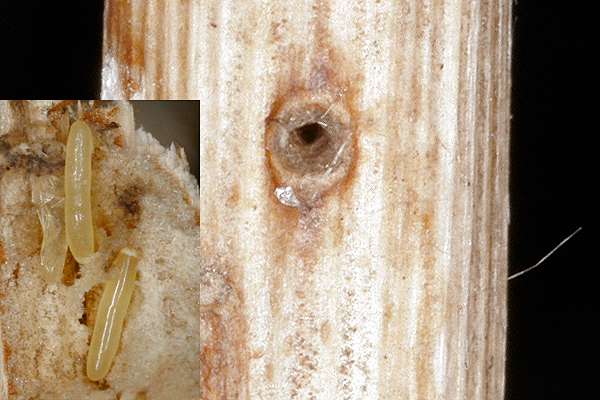
산란
흔적과 알 (Eggs)
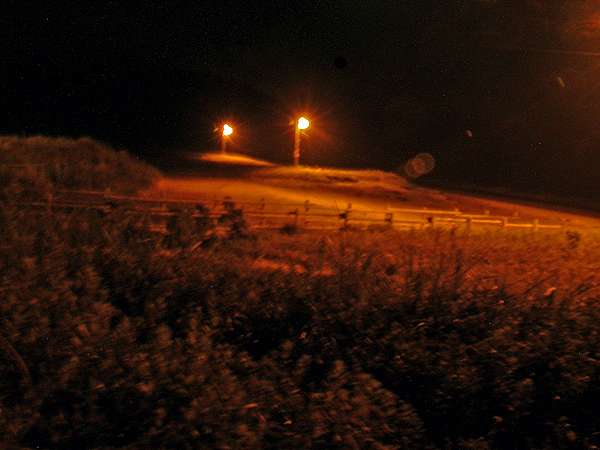
서식처 (Habitat)
Original description:
Oecanthus euryelytra
Ichikawa 2001 Tettigonia, 3: 49, figs. 26 29, 33, 34.
Small-sized.
Sings like "ri-- ri-- ri--" at night. Bivoltine and overwinters
at the egg stage in western Japan.
Description. Usually
pale green, sometimes pale brown in females and rarely in males.
Without maculae on any aprts of the body. Head prognathous with
the first joint of antennae of moderate length without any maculae,
rest segments of antennae pale colored. Pronotum about 1.5-1.7 times
as long as wide. Legs almost same as those of longicauda,
but never dark colored. Abdominal sternites usually pale colored,
rarely dark colored, but never pure black (rarely almost black).
Male thoracic dorsal gland different from indicus or longicauda.
Male tegmen wide, its venation is almost same as the congeners.
Male genitalia with low median projection on epiphallus. Ovipositor
of moderate length, longer than that of indicus (usually
5 ㎜ in length) but shorter than that of longicauda (usually
8.5 ㎜ or more in length). Tip of ovipositor as in Fig. 26.
Measurements:
BL male 12.0, female 12.8; PL male 2.2, female 2.0; HFL male 8.1,
female 8.7; OL 8.0. FWB (fore wing breadth) male 4 ㎜.
Holotype:
male, Izuo Park, Taisho-ku, Osaka, 15.ix.1983 (A. Ichikawa).
Distribution:
Honshu (from Aomori to southwards), Shikoku, Kyushu, SW Islands;
Korea, Pakistan (?), Australia (?).
Remarks: Very
similar to Oe. indicus,
but usually pale green, general habitus like Oe.
rufescens, but male tegmina broader, female
ovipositor longer. From longicauda,
it may be distinguished by shorter ovipositor (ovipositor of longicauda
usually 8.5 ㎜ or longer). Abdominal tergites usually not black.
Shapes of male genitalia and dorsal thoracic alluring gland are
different. Oe. indicus
in Ingrisch (1996) may be euryelytra
sp. nov. judging from his drawings of genitalia. After Kitao (1941),
the number of male stridulating teeth is as follows: Oe. euryelytra
sp. nov.: left 38, right 38 (n=5); Oe. longicauda: left 46,
right 48 (n=5).
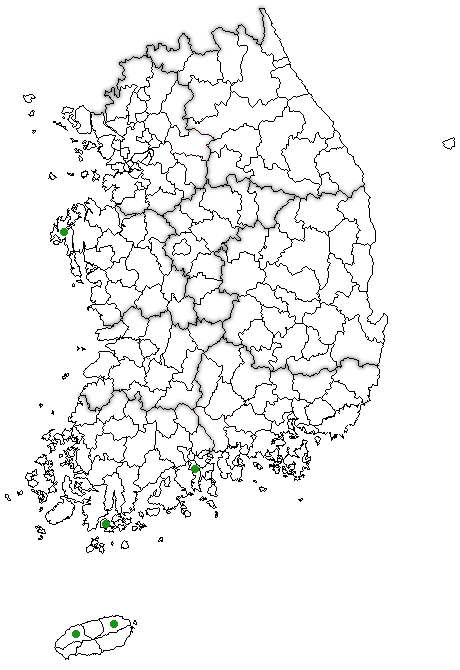
<참고문헌>